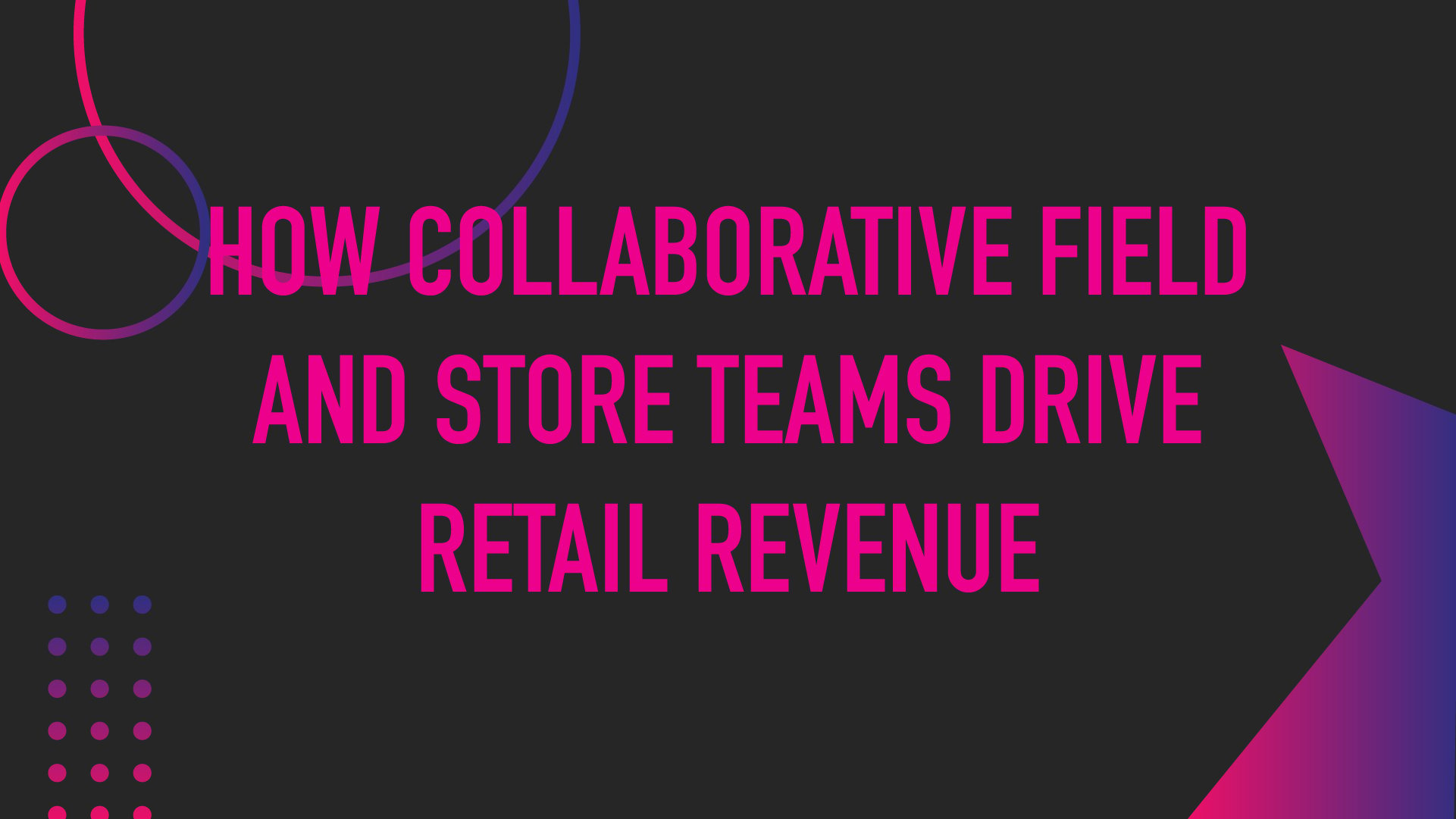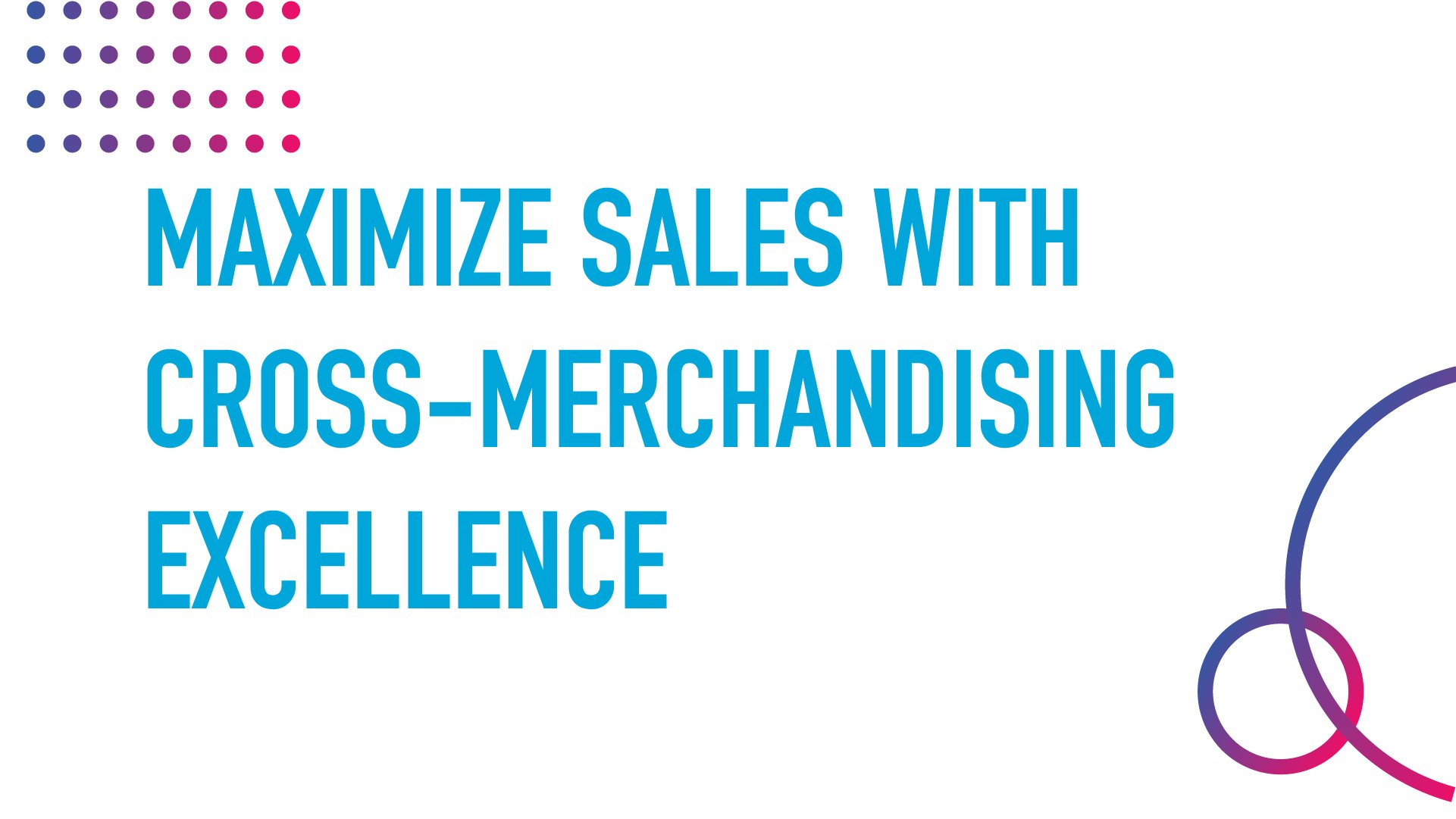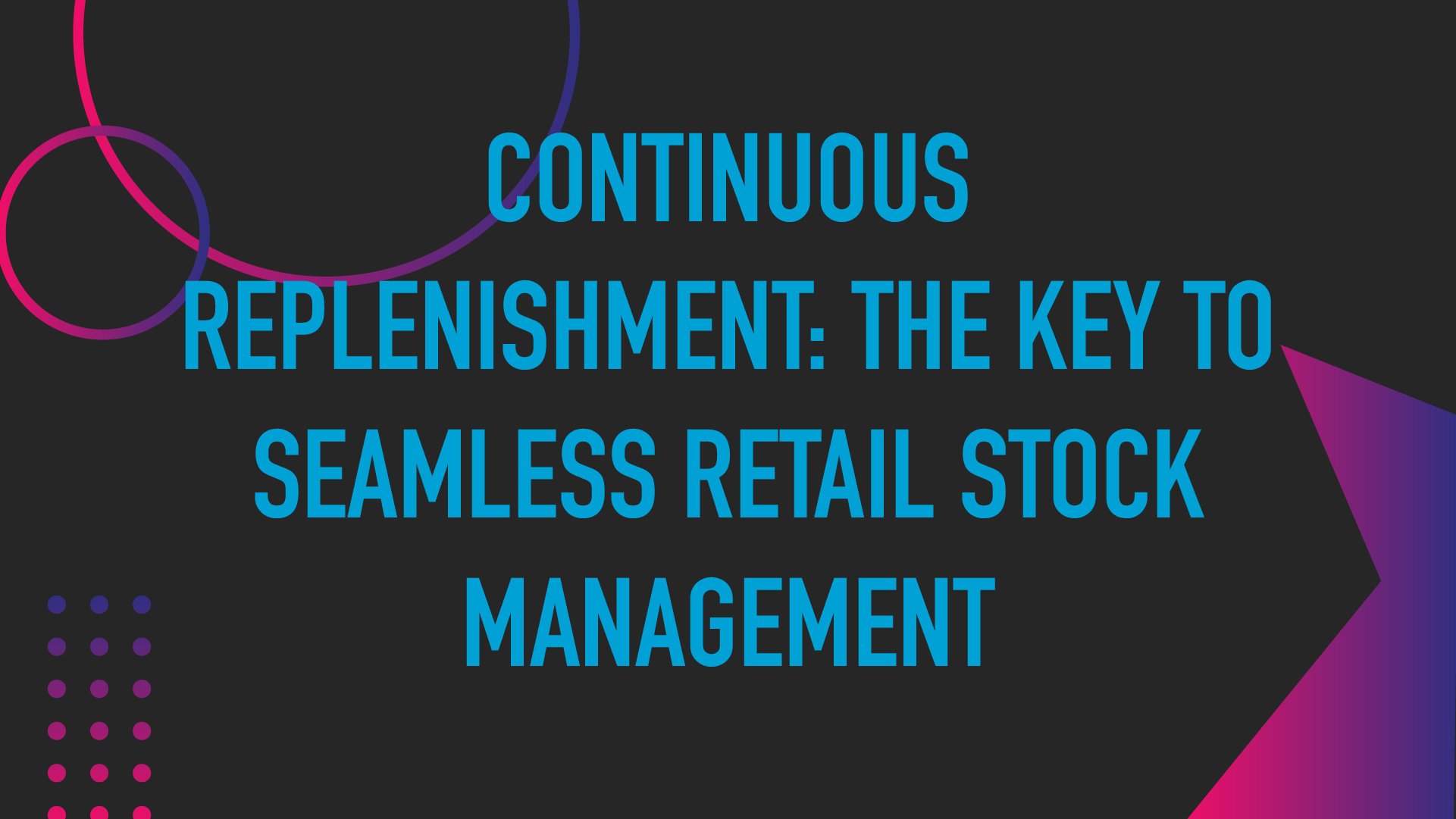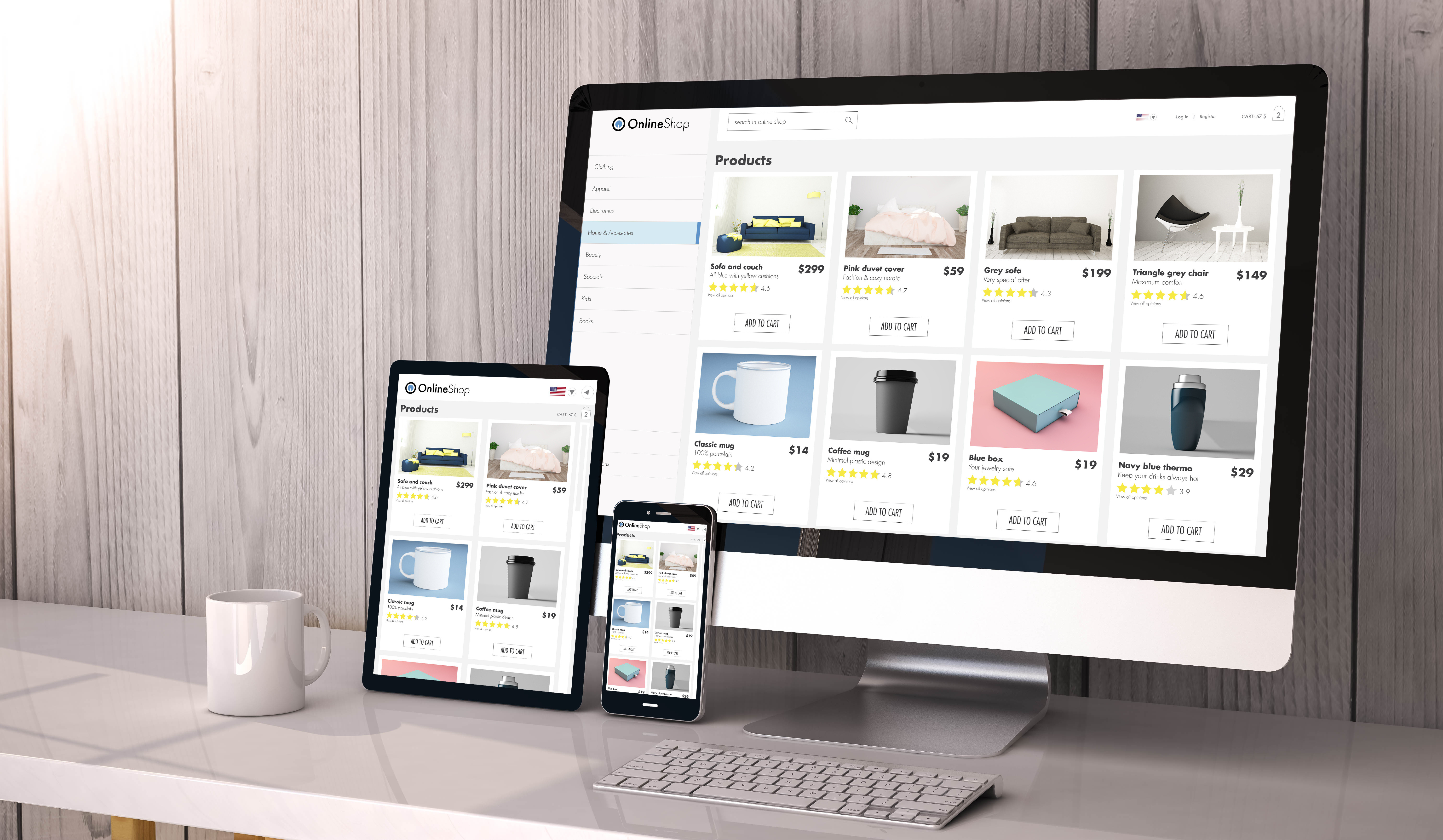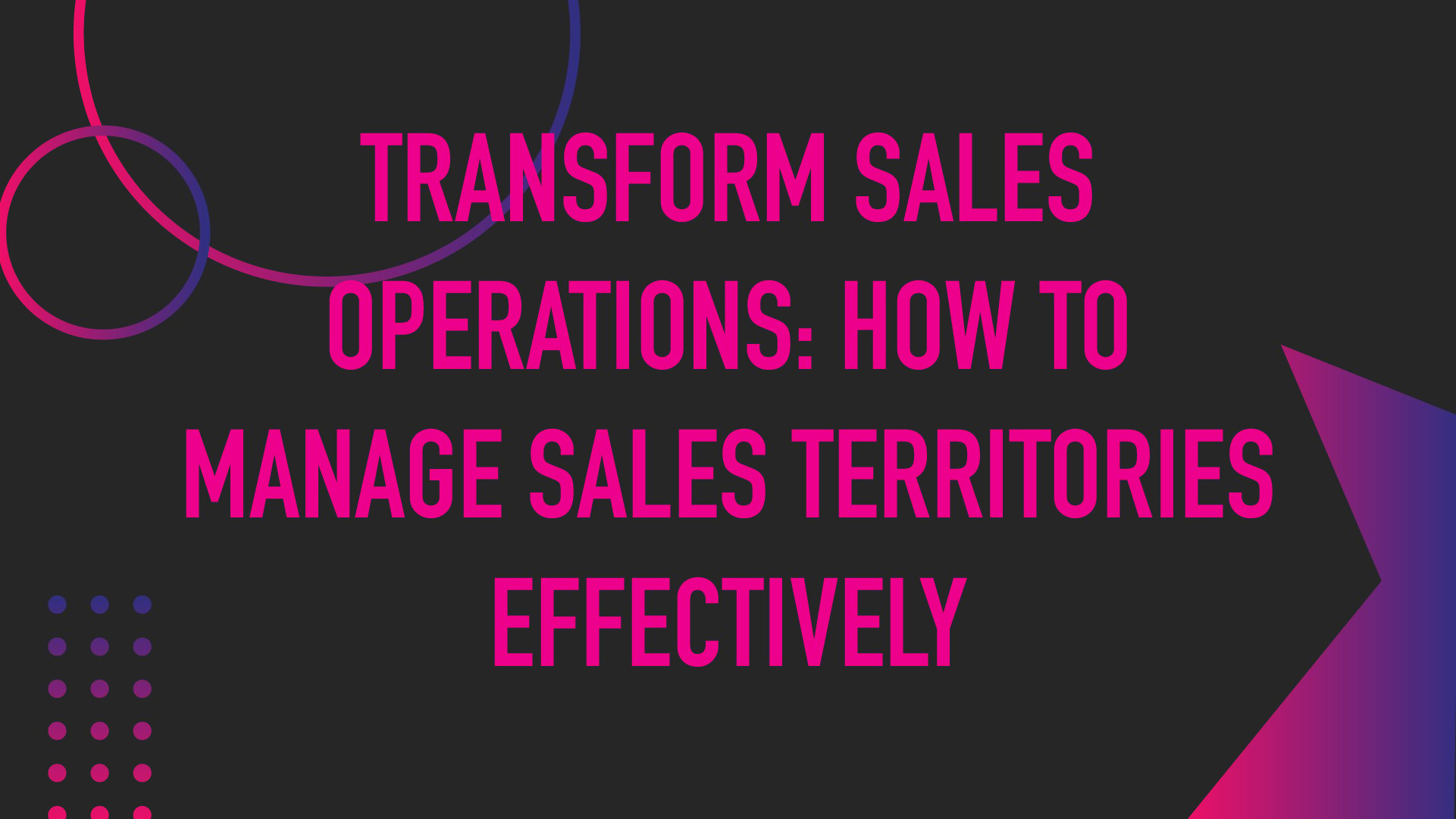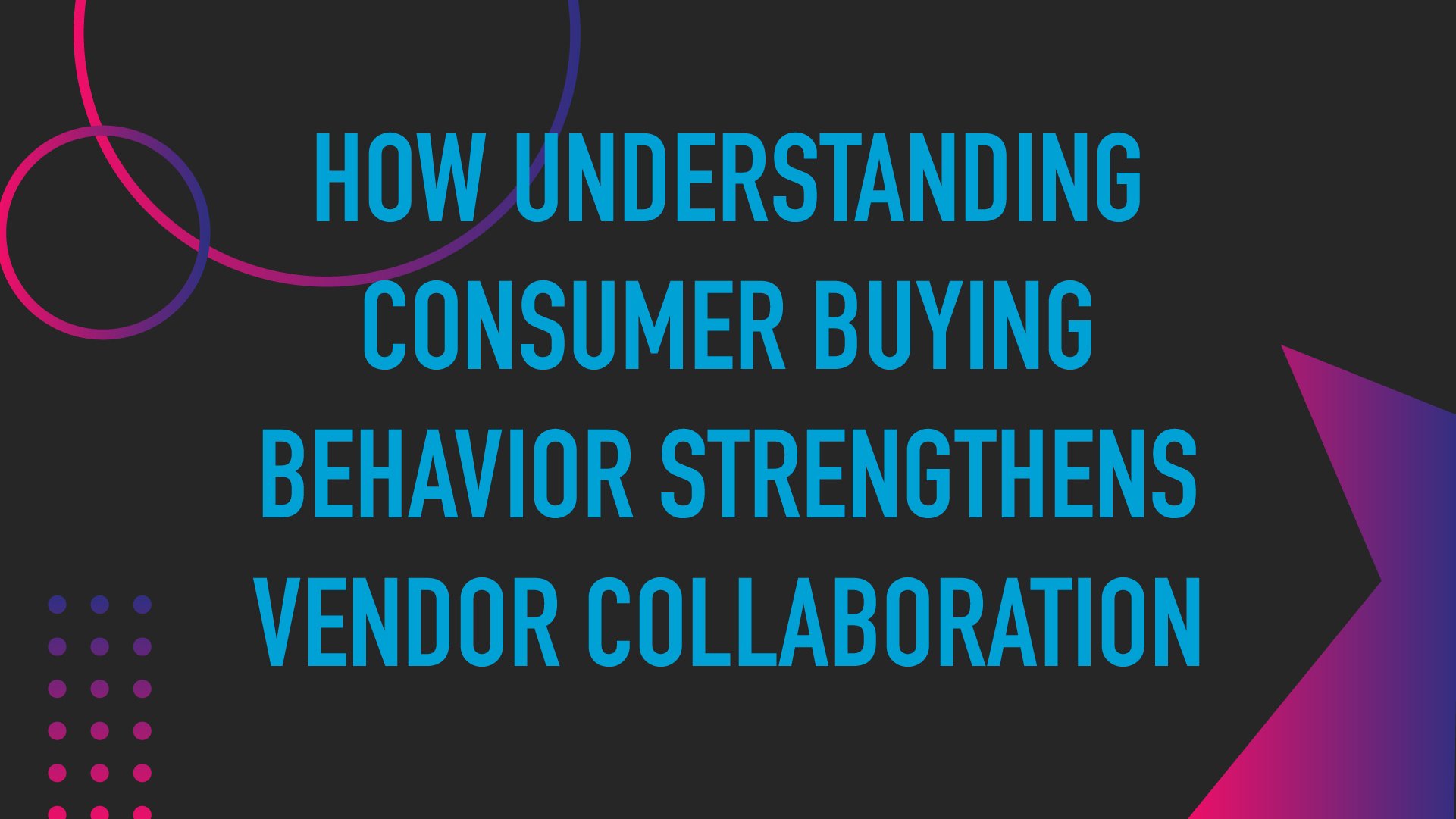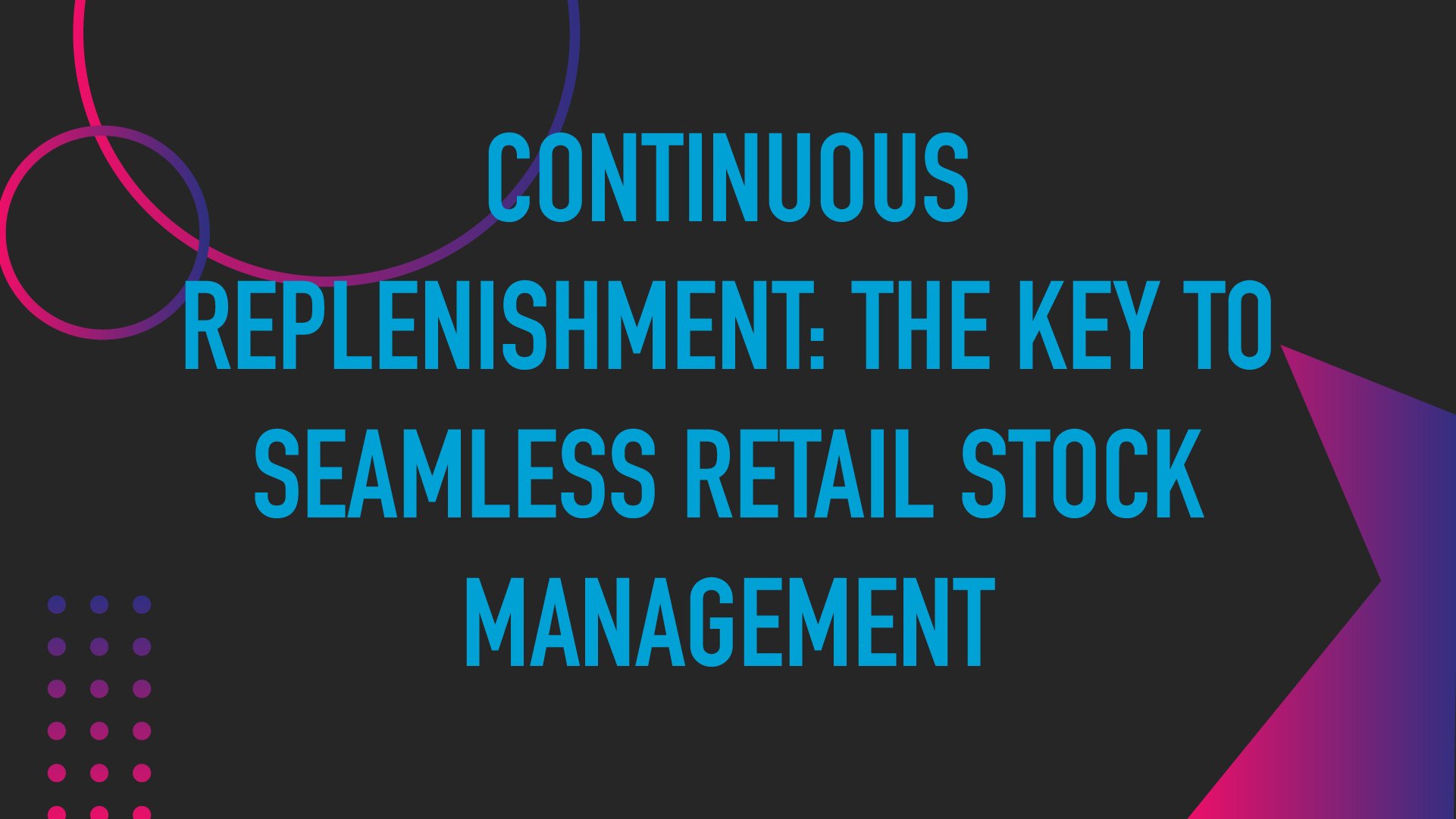
Uninterrupted Flow: Continuous Replenishment in Retail
Maintaining an uninterrupted inventory flow is no longer just a logistical achievement—it’s necessary for retail success. In a competitive and fast-moving industry, ensuring that shelves are consistently stocked, without excess or shortage, can mean the difference between retaining customers or risk losing them to competitors. As an inventory strategy, continuous replenishment brings precision and reliability to stock management, making it an essential approach for modern retail.
At its core, continuous replenishment leverages real-time data to keep products moving seamlessly through the supply chain. This proactive system responds dynamically to customer demand, ensuring shelves remain stocked with exactly what’s needed when it’s needed. With 82% of shoppers reporting they are less likely to return to a store after experiencing an out-of-stock situation, the stakes for inventory management are higher than ever. Continuous replenishment offers a solution that addresses these challenges head-on.
The Core Benefits of a Continuous Flow
The advantages of continuous replenishment extend well beyond preventing stockouts. Retailers who implement this strategy experience optimized inventory levels, where overstock and understock become problems of the past. The process relies on real-time technologies that monitor sales trends and product movement, aligning supply with actual demand rather than relying on outdated projections.
Efficient stock management also creates ripple effects throughout the operation. When inventory levels are precise, customer satisfaction improves, operational waste decreases, and profitability rises. Research reveals that advanced inventory systems, driven by AI, can reduce inventory carrying costs by as much as 20% while simultaneously cutting stockouts in half. These savings are not just financial—they also free up resources, allowing teams to focus on enhancing the customer experience rather than managing inventory crises.
Technology as a Catalyst for Efficiency
IoT sensors, AI-powered analytics, and cloud-based platforms provide unparalleled visibility into inventory systems. These tools enable at-shelf replenishment, ensuring stock is automatically ordered and restocked as soon as levels dip. This level of precision eliminates delays and minimizes the manual tasks that have traditionally slowed down inventory processes.
For retailers willing to invest in these advanced systems, the results speak for themselves. Forecasting accuracy improves significantly, with some retailers reporting up to 30% gains. By analyzing past sales, seasonal patterns, and real-time customer behavior, AI-driven systems allow teams to proactively anticipate demand shifts and adjust supply strategies. The technology enhances operational efficiency and positions retailers to adapt quickly to changes in consumer expectations.
Overcoming Challenges with Integration
Adopting continuous replenishment is not without its hurdles. Integrating new systems with existing supply chain operations is one of the most pressing challenges. Many retailers struggle with data silos and inconsistent communication between vendors, distribution centers, and store locations. However, addressing these integration issues is crucial for realizing the full potential of a seamless inventory strategy.
Collaboration between retailers and suppliers is critical to overcoming these barriers. By investing in systems that allow for transparent, real-time data sharing, teams can align their efforts and eliminate inefficiencies. Transparency builds trust across the supply chain, fostering stronger partnerships and creating an environment where continuous replenishment thrives. With 60% of retailers identifying data integration as a significant challenge, prioritizing this aspect becomes essential for success.
Real-World Impact of Continuous Replenishment
The tangible benefits of continuous replenishment are evident in stores that embrace the strategy. Improved stock availability leads to better customer experiences, and customers who consistently find the products they need are more likely to become loyal to the store. Retailers adopting this approach often report a 15% improvement in customer satisfaction, driven by the ability to meet demand seamlessly.
The financial impact is equally significant. As inventory levels align more closely with customer demand, storage costs decrease, and cash flow improves. Effective systems reduce the likelihood of stockouts, helping retailers avoid missed sales opportunities. These benefits combine to create a supply chain that is efficient and resilient in the face of market volatility.
A Future-Focused Approach to Inventory Management
Continuous replenishment represents more than an operational upgrade—it is a fundamental shift toward a proactive, data-driven retail model. By adopting this approach, retailers gain the ability to predict demand, respond swiftly to changes, and maintain a steady flow of products from warehouse to shelf. It’s a strategy built on precision, adaptability, and a commitment to meeting customer expectations.
The future of retail depends on creating supply chains that are both efficient and customer-focused. Continuous replenishment offers a pathway to achieve this balance, empowering teams to reduce waste, enhance collaboration, and deliver the seamless shopping experiences customers expect. For retailers looking to thrive in an increasingly dynamic industry, there has never been a better time to embrace the possibilities of continuous replenishment.



